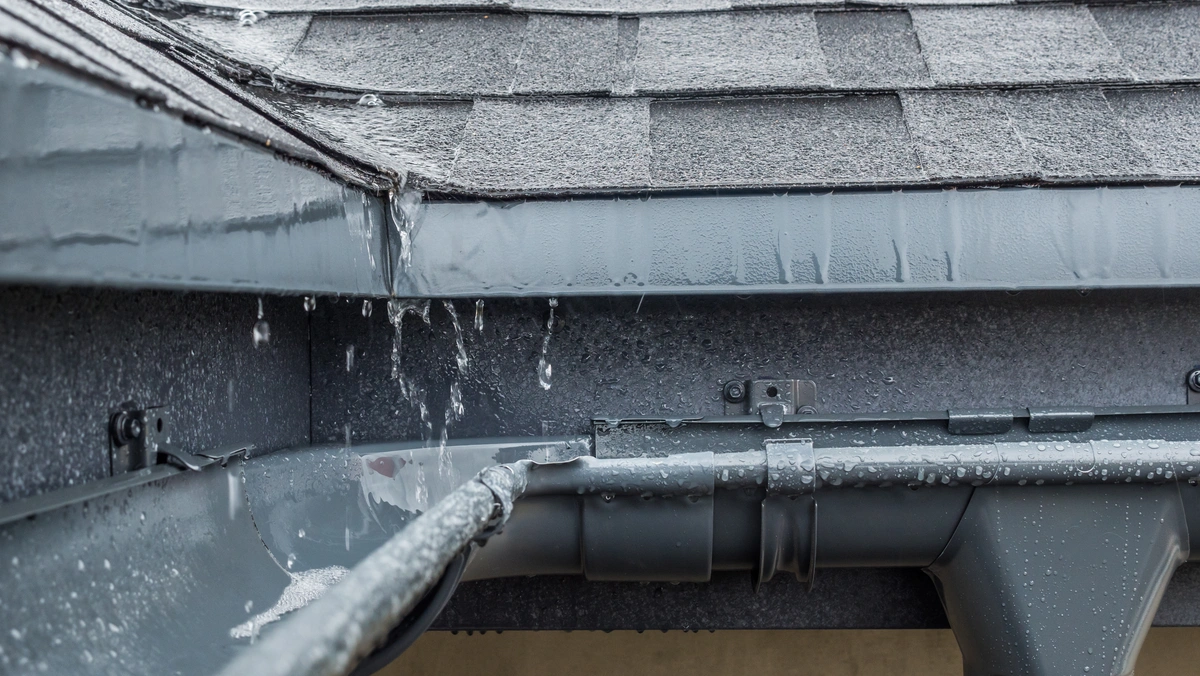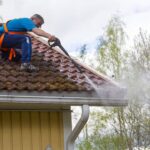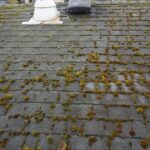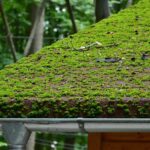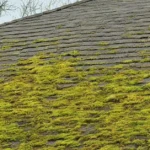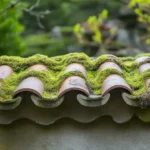In the world of home maintenance, ensuring proper roof drainage and effective waterproofing are pivotal tasks that every homeowner should prioritize. They are crucial not only for the longevity of your roof but also for the overall health of your home. This comprehensive guide will provide you with the best roof drainage and waterproofing tips that will help you protect your home from water damage.

Understanding Roof Drainage
Proper roof drainage is essential to prevent water accumulation on your roof, which can lead to severe damage over time. A well-designed drainage system ensures that rainwater and melted snow are efficiently channeled away from the roof, protecting the structural integrity of your home.
The Importance of Gutters and Downspouts
Gutters and downspouts play a significant role in roof drainage. They guide water away from the roof and foundation, preventing leaks and potential damage. Regular maintenance and cleaning are vital to ensure they function correctly. For more insights on maintaining your downspouts, visit our DIY tips page.
Sloped Roofs vs. Flat Roofs
Different roof designs require specific drainage solutions. Sloped roofs naturally facilitate water runoff, whereas flat roofs need a bit more attention. Installing drains and scuppers can help manage water effectively on flat roofs. For more information, check out this external resource.
Essential Waterproofing Techniques
Waterproofing is the process of making a structure water-resistant. Ensuring your roof is properly waterproofed will protect your home from leaks and moisture damage.
Choosing the Right Materials
High-quality waterproofing materials can make a significant difference. Consider using rubberized coatings or membranes, which are effective in sealing your roof against water intrusion. To learn more about reflective coatings and their benefits, visit our reflective roof coating guide.
Regular Roof Inspections
Conducting regular roof inspections can help you identify potential issues before they become major problems. Check for signs of wear and tear, such as cracks or missing shingles. Our detailed inspection checklist can guide you through the process.
Maintenance Tips for Longevity
Maintaining your roofs drainage and waterproofing systems is crucial for their longevity. Simple maintenance tasks can save you from costly repairs in the future.
Clearing Debris Regularly
Leaves, twigs, and other debris can clog your gutters and downspouts, leading to water overflow. Regular cleaning is necessary to keep the systems functioning properly.
Addressing Roof Discoloration
Discoloration can be a sign of water damage or mold growth. Its important to address these issues promptly to prevent further damage. For solutions on fixing discoloration, visit our roof discoloration guide.
Professional Help and When to Seek It
While many maintenance tasks can be performed by homeowners, some situations require professional intervention. Understanding when to call a professional can save your roof from severe damage.
Recognizing the Signs of Serious Damage
If you notice persistent leaks, sagging, or extensive damage, its time to call a professional. They have the expertise to assess and repair complex issues effectively.
Choosing the Right Roofing Contractor
Selecting a reputable contractor is crucial. Look for experienced professionals with positive reviews and proper licensing to ensure quality workmanship.
Conclusion
Ensuring proper roof drainage and effective waterproofing are essential steps in protecting your home from water damage. By following these tips and regularly maintaining your roof, you can extend its lifespan and safeguard your homes structural integrity. Remember, when in doubt, seek professional help to address any roofing concerns.

FAQs
What are the signs of poor roof drainage?
Poor roof drainage can lead to water pooling, leaks, and damage to the roof structure. Signs include clogged gutters, water stains on ceilings, and visible water pooling on the roof.
How often should I inspect my roof?
Its recommended to inspect your roof at least twice a year, preferably in the spring and fall. Regular inspections help identify potential issues early.
Can I waterproof my roof myself?
While some waterproofing tasks can be done by homeowners, its often best to hire professionals for more extensive waterproofing projects to ensure effective results.
This article contains affiliate links. We may earn a commission at no extra cost to you.



